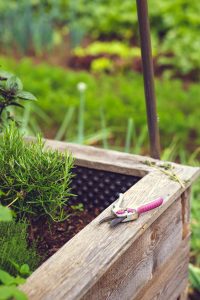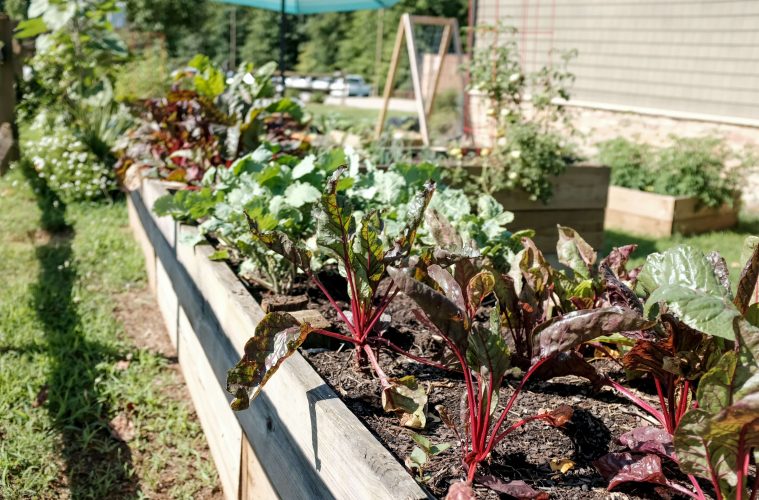If you’re looking to add a touch of elegance and practicality to your garden, building a raised garden bed is an excellent choice. Raised garden beds not only enhance the aesthetics of your outdoor space but also offer numerous benefits such as improved drainage, better soil control, and easier maintenance.
Before you get started, gather the following materials:
- Wood planks or cedar boards: Cedar is an excellent choice due to its natural resistance to decay and insects.
- Screws or nails: Ensure they are rust-resistant.
- Level
- Measuring tape
- Saw
- Weed barrier fabric
- Soil and compost
- Plants or seeds

Pexels
Choose a location:
Select a sunny spot in your garden. Make sure it receives at least 6-8 hours of sunlight per day. Avoid areas with heavy tree cover as this can compete with your garden for sunlight and nutrients.
Determine the size:
Decide how large you want your raised bed to be. Common dimensions are 4×4 feet or 4×8 feet for easy access from all sides. Adjust the size according to your available space and needs.
Prepare the base:
Clear the area of grass and weeds. Level the ground using a shovel and a level to ensure the bed sits evenly.
Build the frame:
Cut your wood planks or cedar boards to the desired dimensions. Assemble them into a rectangular frame, securing the corners with screws or nails. Ensure the frame is level.

Unsplash
Line with weed barrier:
Lay weed barrier fabric inside the frame to prevent weeds from growing up into your garden bed. Trim any excess fabric.
Fill with soil:
Fill the bed with a mixture of quality garden soil and compost. This will provide your plants with the nutrients they need for healthy growth.
Plant your garden:
Depending on the season and your preferences, start planting your favourite vegetables, herbs, or flowers. Make sure to follow the recommended spacing and planting depth for each plant.
Water and maintain:
Water your raised garden bed regularly, ensuring the soil stays consistently moist but not waterlogged. Mulch can help retain moisture and reduce weed growth.
Feature image: Pexels

